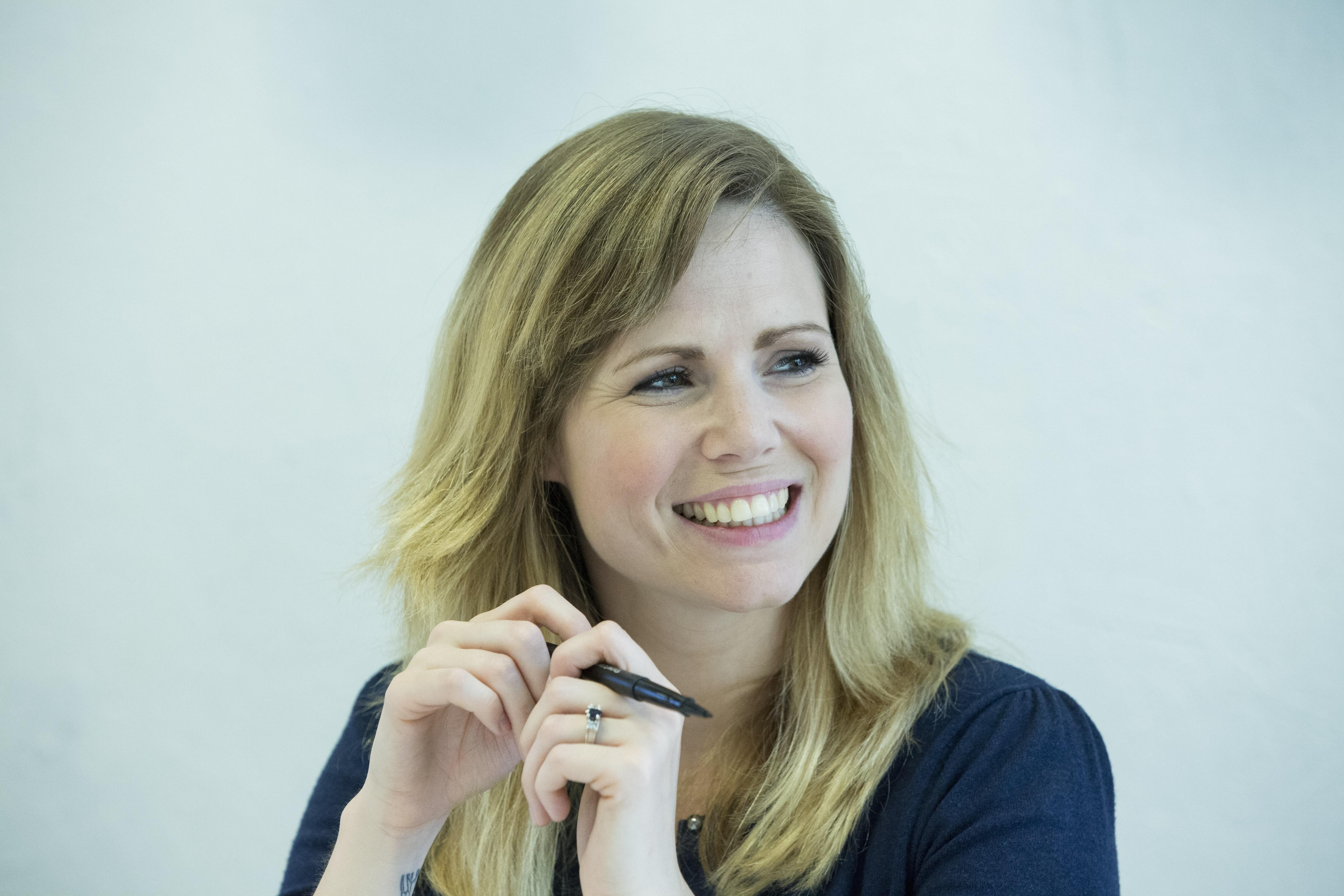
Submitted by Angela Walters on Fri, 08/03/2019 - 09:31
Digital transformation brings opportunity as well as challenge, says Vicki Holmes, Digital Manager at Multiplex and Women in BIM core team member. In this guest blog Vicki makes the case for diversifying to digitalise.
We are in the midst of the biggest period of disruption in the construction industry since the introduction of motorised machinery in the late 1800s. While some might describe our journey towards digitalisation so far as slow and stumbling, considering the task at hand I think we can’t be too hard on ourselves. Granted, the road has been a little bumpy, but our traditional methods don’t naturally translate over to digital processes. In fact, let’s be pedantic here about wording; many people write about the digitisation of construction, but that would mean that we are simply switching the same content to a new digital format (such as moving your old music from CDs to MP3s). What we’re actually doing here is much bigger – we are digitalising; using technology to completely change the way that we work, ripping up the old rule book to become safer, stronger and more efficient as an industry. As you can see, this is a much more complicated task.
That said, there has never been a better time to embrace digital methods than the present, especially with the recent release of ISO 19650 making the prospect of international working more accessible than ever. Also, with every other industry digitalising rapidly we need to stay relevant to young talent so that we can start to bridge the current skills gap before it turns into an irreparable chasm.
And that’s where we stumble on our very own chicken-and-egg scenario; young people expect to work in an already developed digital environment, yet we’re struggling to digitalise without young people bringing in new skills and ideas. And it’s not just young people who will help to propel us towards greater efficiency and bolder thinking – in the 2018 McKinsey paper ‘Delivering through diversity’ it is reported that ethnic, cultural and gender diversity are all correlated with increased profitability. This is because bringing a range of experiences and perspectives to a project team disturbs the status quo and reduces the risks associated with groupthink behaviours, such as the repetition of mistakes and the “this is the way we’ve always done it” mentality. New thoughts and ideas are how we digitalise, rather than just digitise.
However, diversifying to digitalise brings with it a whole new level of responsibility for not only our business leaders, but also for our HR, Learning and Development, and Welfare managers. Balancing teams with the right old and new talent to encourage peer-to-peer learning, and creating working environments that embrace new thinking while keeping experienced employees feeling supported and valued is a huge task – but it’s not impossible.
It’s also vital to remember that although this will take a monetary investment in people (which we’re not necessarily always open to making in the construction industry), once your workforce is increasingly skilled, agile and more committed you will begin to see profitability rise. We, as an industry, currently outsource a huge amount of technical work to digital consultants and specialists that we can start to bring in house. Decisions will be made quicker using digital tools, and live digital dashboarding and better data management will give business leaders the opportunity to analyse trends and mitigate risks across their organisation and projects like never before.
So next time you’re recruiting ask yourself; do you want more of what you already have, or could you benefit from exciting new thoughts and ideas? What new roles might be relevant for your business, and does the person filling that role really need to have taken a traditional route into the industry? And most importantly, how will you support and nurture that talent once it exists in your organisation?
To achieve successful and durable digitalisation of our industry we need to attract the best – and the best won’t all look, sound or act the same.
